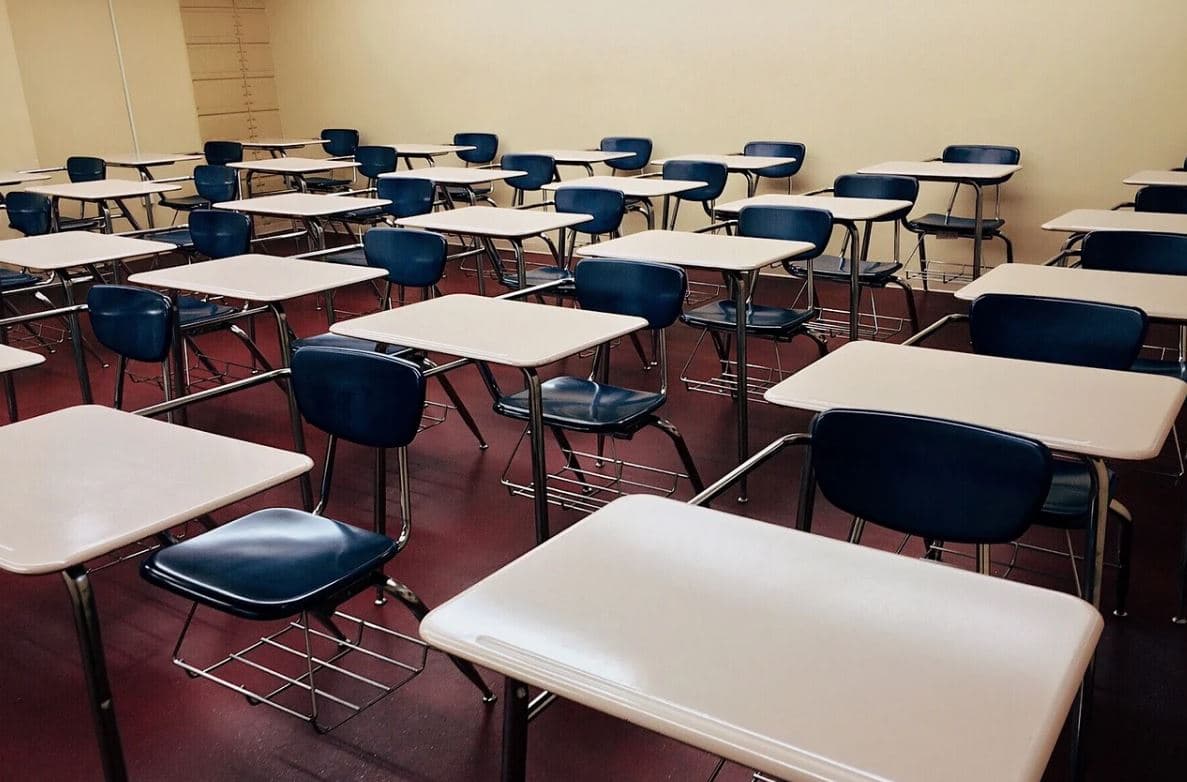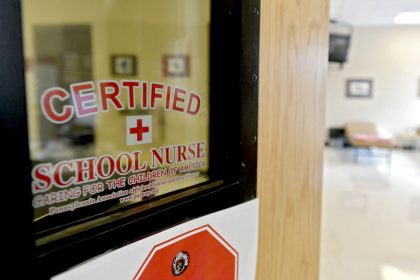CDC Endorses the Reopening of Schools, Downplays Health Risks

WASHINGTON – The Centers for Disease Control is reversing course and now says schools should reopen in the fall, downplaying the potential health risks associated with such a move while conceding the recommendation is based on “limited data.”
The new guidance, posted on the CDC’s website Thursday night, comes two weeks after President Donald Trump criticized the Centers’ earlier assessment that reopening schools on time in September would be “very tough and expensive.”
It also comes after internal documents came to light earlier this month in which the Centers’ warned that fully reopening K-12 schools and universities would be the “highest risk” for the spread of coronavirus.
The 69-page document was obtained by The New York Times, which reported it was marked “For Internal Use Only,” and was among materials for federal public health response teams deployed to coronavirus hotspots to help local public health officials handle the outbreak.
By comparison, the new assessment, entitled “The Importance of Reopening America’s Schools This Fall,” suggests the harm associated with not reopening far outweighs the risk posed by the coronavirus.
“Reopening schools creates opportunity to invest in the education, well-being, and future of one of America’s greatest assets — our children — while taking every precaution to protect students, teachers, staff and all their families,” the “decision-making tool for parents, caregivers, and guardians” begins.
The advisory, which includes several checklists and supporting information, describes children as being at low risk for being infected by or transmitting the coronavirus, even while acknowledging the science surrounding the pandemic is a long way from certain.
“Scientists are still learning about how it spreads, how it affects children, and what role children may play in its spread,” the assessment says. “Limited data about COVID-19 in children suggest that children are less likely to get COVID-19 than adults, and when they do get COVID-19, they generally have less serious illness than adults.”
Elsewhere in the new resources and tools posted on the CDC website, it states: “The best available evidence indicates if children become infected, they are far less likely to suffer severe symptoms … At the same time, the harms attributed to closed schools on the social, emotional, and behavioral health, economic well-being, and academic achievement of children, in both the short- and long-term, are well-known and significant.”
“It is critically important for our public health to open schools this fall,” CDC Director Dr. Robert R. Redfield said in an accompanying statement. “The CDC resources released today will help parents, teachers and administrators make practical, safety-focused decisions as this school year begins.
“I know this has been a difficult time for our nation’s families. School closures have disrupted normal ways of life for children and parents, and they have had negative health consequences on our youth. CDC is prepared to work with K-12 schools to safely reopen while protecting the most vulnerable,” Redfield said.
The newly posted material supplements the CDC’s previous guidance on the reopening of schools which suggested, among other things, keeping children in one classroom all day rather than have them move from classroom to classroom for various activities.
That guidance also recommended that desks in classrooms be kept at least six feet apart, and canceling activities or programs in which social distancing would not be possible.

























